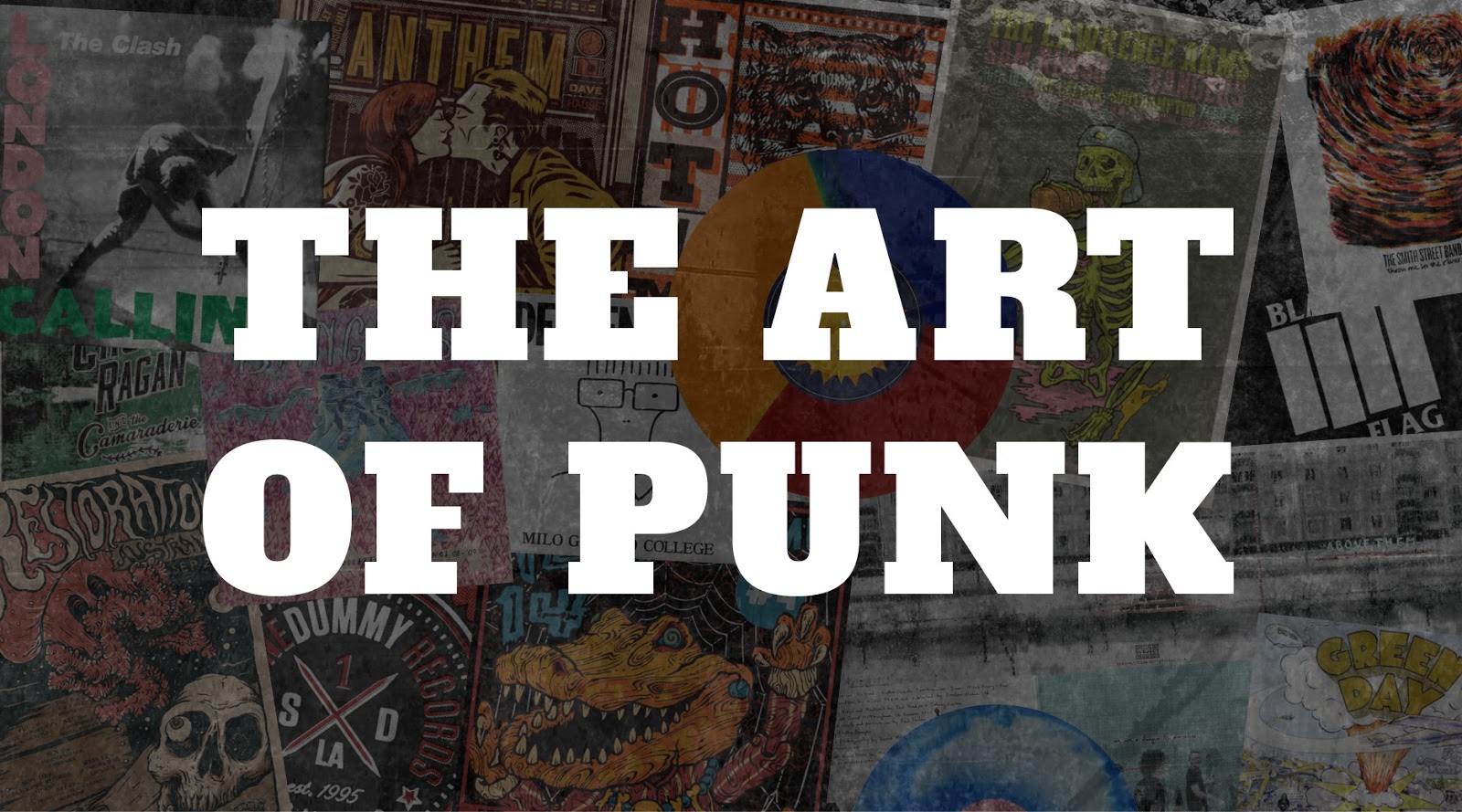
Unless you’ve been hiding under a rock for the last 5 years or more, you’re probably aware that vinyl records have made a huge come back. In an age of digital music streaming services and with massive declines in CD sales, people are turning to vinyl to fulfil their desire for physical music. I joined the ‘vinyl revolution’ myself less than two years ago and now own more than 50 records, old (Springsteen, The Clash, Neil Young, etc.) and new (Bangers, The Menzingers, The Smith Street Band, etc.). My record player and stereo have pride of place in my bedroom – a bedroom that doesn’t contain a TV!
I love the whole visual package of records – the artwork, particularly if it happens to spread inside onto a gatefold sleeve, lyric sheets and the record itself. If you are a vinyl music fan, like me, then chances are you have some coloured vinyl in your collection. Vinyl records can range from standard solid colours – red, blue, green, etc. – to half-and-half and a wide variety of ‘splatter’ designs. Coloured variations are often produced in limited runs and are therefore supposedly more sought after by music fans.
Here are a handful of my own coloured records (there’s nothing too fancy!):
Ducking Punches – Dance Before You Sleep (purple with a small amount of silver)
and Above Them – Water Lane (pale green)
and Above Them – Water Lane (pale green)
Against Me – Transgender Dysphoria Blues
(blue and white marbled, different either side)
Cheap Girls – Famous Graves (grey)
and The Menzingers – Rented World (blue and black)
Jake and the Jellyfish – Dead Weight (green)
and Chuck Ragan – Till Midnight (clear)
The Smith Street Band – No One Gets Lost Anymore (blue, white and green)
and Tim Vantol – If We Go Down, We Will Go Together (red)
I think I need some yellow or orange.
I got two (out of six) new coloured vinyl records for Christmas – Dead Weight by Jake and the Jellyfish (green) and Dance Before You Sleep by Ducking Punches (purple). I didn’t really expect them to be coloured but I guess it’s not particularly uncommon now, especially for smaller bands who don’t need to mass produce thousands and thousands of records. It does make it seem more special and in the case of Dead Weight the vinyl colour matches the album artwork, which I think is really neat. So, after giving coloured vinyl some thought, I was intrigued to find out how exactly they (and any records in general really) are made – and whether they should be seen as special or not.
I took to Google and found an article on Tested.com about coloured vinyl. Although it was posted back in 2012, the vinyl production process remains the same.
All vinyl records are born from a master disc that’s coated in a smooth lacquer and placed on a machine called a lathe. The lathe cuts a groove in the lacquer that corresponds to the music being recorded. Once the lathe is finished cutting, the disc is covered in a layer of silver to form a hardened metal stamper that will be used to press the grooves into the vinyl albums.
Enter the vinyl material: little vinyl pellets are poured into a hopper, or chute, which feeds them into an extruder. The extruder melts the vinyl down into thick hockey puck-esque patties often called cakes or biscuits. Typically those pellets are black, but different chemical compounds can produce unique colors (like Pepto Bismol pink) or even transparent vinyl. Solid colors or pellet mixes can be tossed into a hopper and extruded into biscuits just like black vinyl.
There is no denying that coloured records look great, especially in comparison to their plain black counterparts, but there have been numerous arguments that coloured vinyl is generally of lower quality and doesn’t play as well as standard black vinyl. As pretty as some coloured records are it shouldn’t be okay to have an inferior sound quality, should it?
Again, I did some research into this. There are a lot of vinyl enthusiasts on various forums all over the web stating that coloured vinyl does not have such good sound quality as black vinyl. Some point out that coloured vinyl are merely for collectors and are to be looked at rather than played – which is a little bit over the top if you ask me. However there are also plenty of other people saying that they hadn’t noticed any difference in sound quality and/or that not all black records have such great sound quality either. It all comes down to mixing, mastering and manufacturing of each individual record really, whether it be black or red or any number of splattered colour combinations.
Either way, I’m still a sucker for a pretty looking record.
Either way, I’m still a sucker for a pretty looking record.


No comments:
Post a Comment